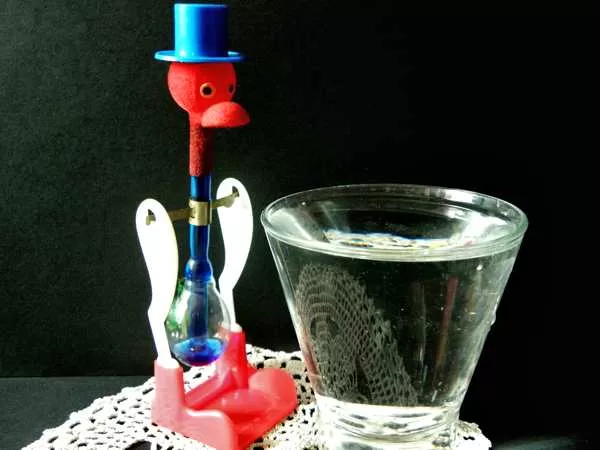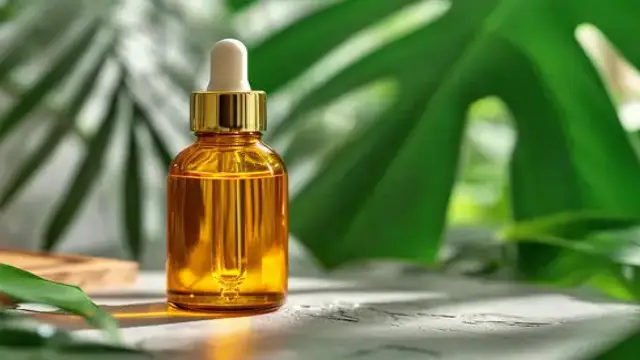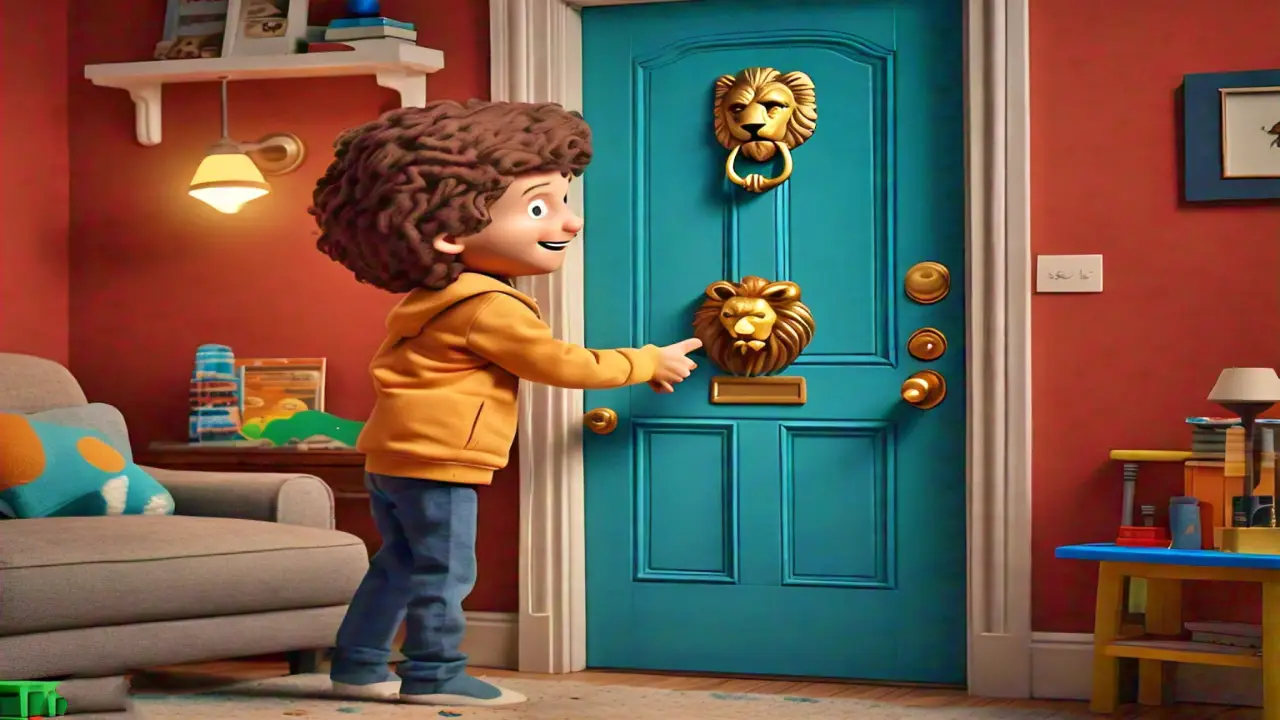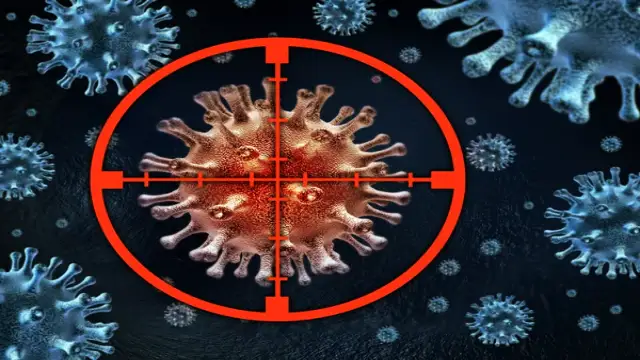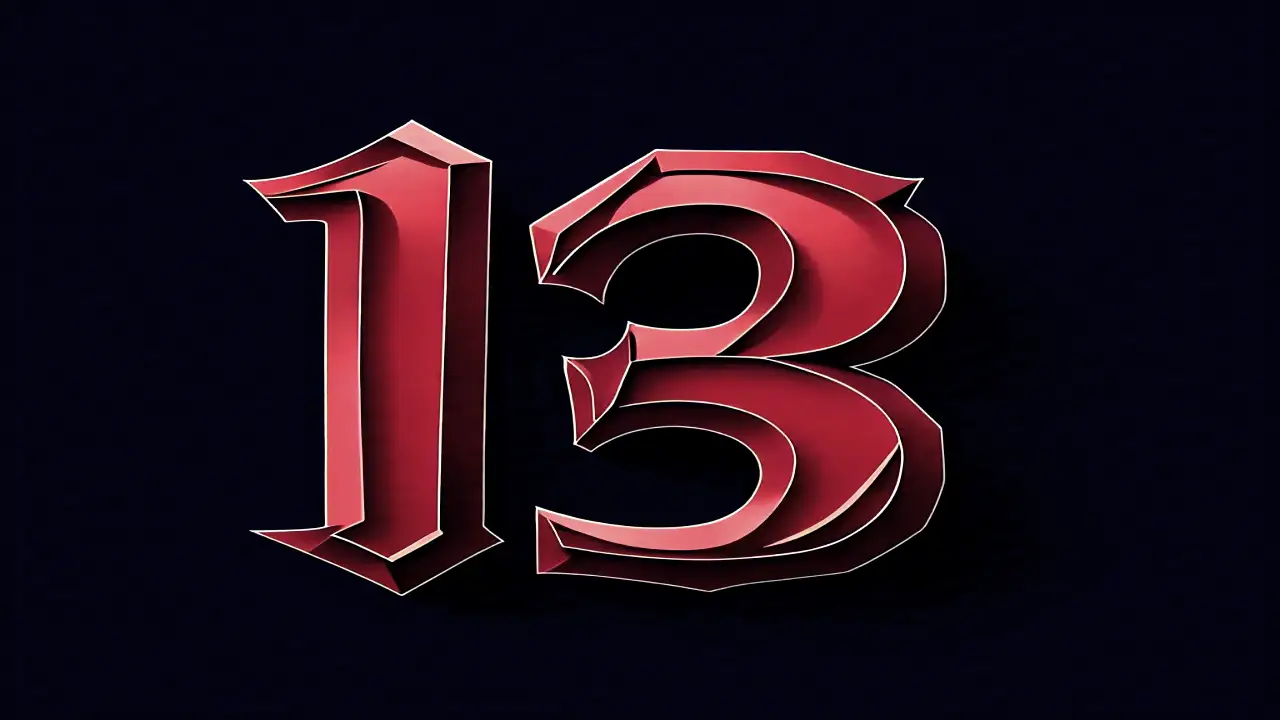The Drinking Bird, also known as the Dippy Bird, might seem like a simple novelty toy, but it’s actually a brilliant demonstration of the principles of thermodynamics. This quirky, oscillating bird has been a source of curiosity and entertainment since its invention, and understanding how it works offers a fascinating glimpse into the laws of physics.
Key Points
The Drinking Bird: More Than Just a Toy
The Drinking Bird is not your average toy. It’s a heat engine—a device that converts thermal energy into mechanical work. This classic toy is made of two glass bulbs connected by a thin glass tube. The bulbs are vacuum-sealed and contain methylene chloride, a volatile liquid that plays a key role in the bird’s motion.
Methylene chloride (CH2Cl2), also known as dichloromethane, is a solvent commonly used in paint strippers and degreasers. It has a low boiling point of just under 40 degrees Celsius, which allows it to exist simultaneously in both liquid and gaseous states inside the bird. Although methylene chloride is safe within the sealed bird, it can be hazardous if the toy breaks, so caution is advised.
How the Drinking Bird Works: A Lesson in Thermodynamics
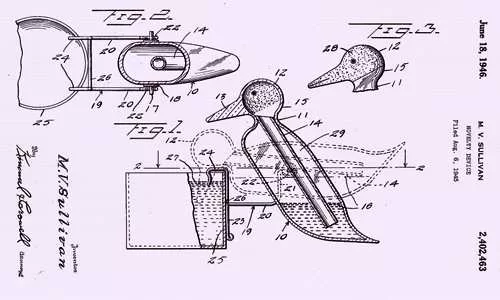
The Drinking Bird’s motion is initiated by dipping its beak into a water source, typically a glass of water. Here’s a step-by-step breakdown of how this simple action sets off a chain reaction based on the principles of thermodynamics:
- Evaporation and Cooling: When the bird’s fuzzy beak is dipped in water, the water spreads across the head via capillary action and begins to evaporate. As the water evaporates, it cools the top bulb of the bird slightly, causing the methylene chloride vapor inside to condense back into liquid.
- Pressure Change: As the vapor condenses, the pressure inside the top bulb decreases. This pressure drop draws liquid methylene chloride up the glass tube from the bottom bulb in an attempt to equalize the pressure difference.
- Top-Heavy Tipping: As more liquid moves into the top bulb, the bird becomes top-heavy and eventually tips forward, causing the beak to dip back into the water.
- Reset and Repeat: When the bird tips forward, the bottom of the tube is no longer submerged in the liquid, allowing vapor bubbles to rise to the top bulb. This displaces the liquid, causing it to flow back into the bottom bulb, restoring the bird’s upright position. The cycle then repeats, creating the bird’s characteristic dipping motion.
Not a Perpetual Motion Machine
It’s important to note that the Drinking Bird is not a perpetual motion machine. Its movement depends on an external energy source—in this case, the room temperature, which drives the evaporation process. The toy, therefore, operates within the constraints of the laws of thermodynamics, particularly the principles of heat transfer and pressure equilibrium.
Legacy of the Drinking Bird
Invented by Miles V. Sullivan in 1945 and co-developed by G.H. Shackley, the Drinking Bird was patented in 1946. Despite its scientific underpinnings, the bird has retained a quaint, almost vintage charm, making it a popular item for collectors and science enthusiasts alike.
Where to Find Your Own Drinking Bird
Today, the Drinking Bird is readily available for purchase online and in novelty stores. It remains an excellent educational tool and a delightful conversation piece, offering a hands-on demonstration of complex scientific principles in a way that’s both entertaining and informative.
